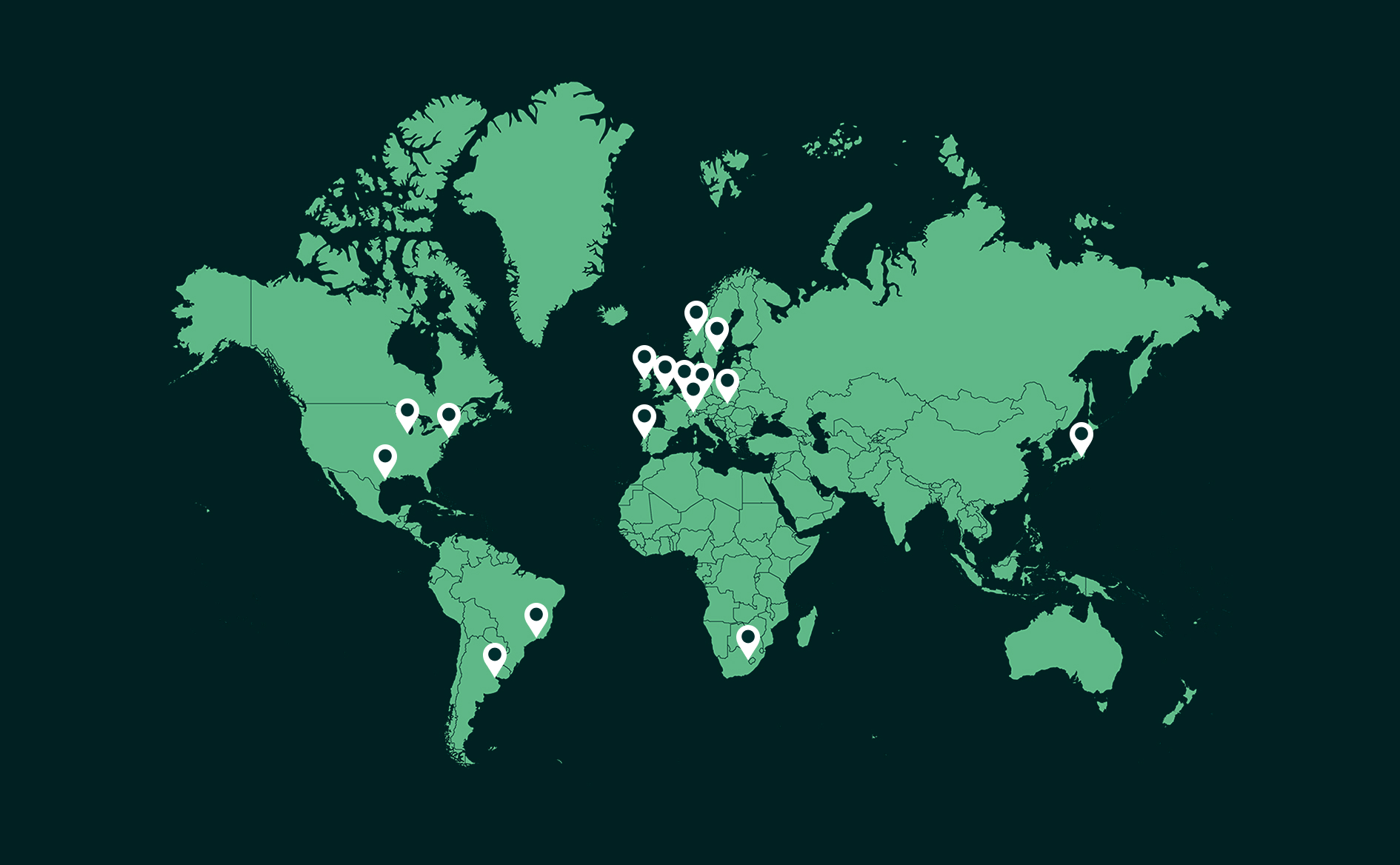Latest Insights
View all InsightsWhitepaper
Brace for AI-mpact: The six trends driving treasuries forward in 2025
At A Glance • In today’s fast-changing and technology-driven financial world, the role of treasury is rapidly shifting. • This paper outlines six trends shaping the treasury landscape in
Find out moreBlog
Intra-group Loan Transfer Pricing: What’s new in 2025?
Over the past year, the interest rates on intercompany financial transactions have come under closer examination by tax authorities. This intensified scrutiny stems from a mix of
Find out moreBlog
A comprehensive guide to Credit Rating Modelling
For all the criticism that rating models and credit rating agencies have had through the years, they are still the most pragmatic and realistic approach for assessing default risk for your
Find out moreCase Study
Transfer Pricing Compliance with Zanders Transfer Pricing Suite: Royal Philips Case Study
Zanders Transfer Pricing Suite is an innovative, cloud-based solution designed for companies looking to automate the Transfer Pricing compliance of financial transactions. With over five years
Find out moreWebinar
Optimize Your Intra-Group Loan Compliance: A Transfer Pricing Deep Dive
Unlock the secrets to streamlined Transfer Pricing with our award-winning Transfer Pricing Suite, Zanders Inside. Join us for an exclusive webinar where we dive into the intricacies of financial
Find out moreBlog
Debt Capacity Made Easy with our Latest Transfer Pricing Solution
In the ongoing efforts to enhance tax transparency for multinational corporations, tax authorities have progressively increased scrutiny on intercompany financial transactions. While the
Find out moreWhitepaper
Debt Capacity Analysis: A guide to demonstrating the arm’s length principle in debt financing
At A Glance: • Today’s tax regulations place a bigger emphasis on debt capacity tests, which when combined with rigorous tax audits, pose a significant risk for multinational enterprises
Find out moreCase Study
Estee Lauder’s experience with Zanders Transfer Pricing Suite
In an effort to continuously improve and automate its internal processes, the American multinational cosmetics company wanted to leverage technology and further enhance the Transfer Pricing
Find out moreBlog
An SAP cockpit for seamless transfer pricing compliance
Therefore, we decided to leverage our cloud-based solution and enable SAP users to determine the arm’s length interest rate with just a few clicks. The pricing of various treasury
Find out moreWhitepaper
Find your formula: Our guide to pricing intra-group loans
In today's volatile macroeconomic climate, heightened by high interest rates, intra-group loans have become focal points for tax authorities. The application of an arm’s length
Find out more


























